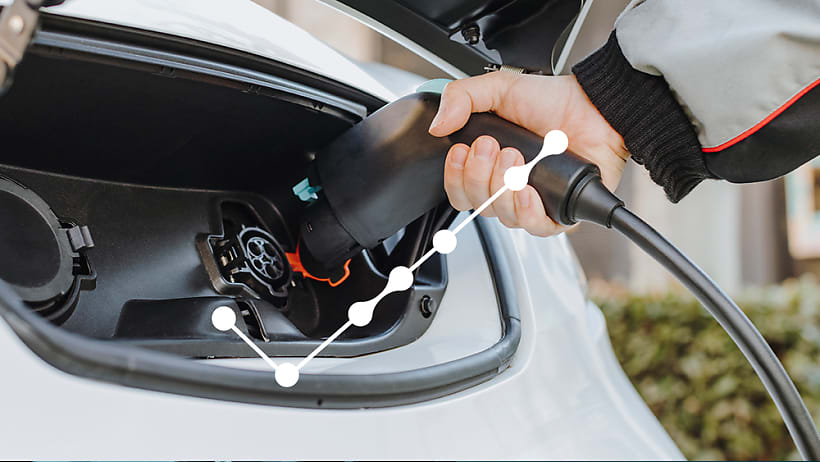Greg Lindsay—futurist, urbanist, author and journalist—wants to talk about the future.
How are the latest trends in urban mobility transforming the way we see, understand, and get around cities? What new business models will emerge as the costs of autonomy plunge and the potential explodes? And, perhaps most importantly, how can we make the futures that we want to see?
These are the questions that Lindsay posed in his keynote speech at this year’s Webfleet Mobility Conference, where he offered a tour of urban mobility’s future and how it promises to transform our cities in the coming decades.
Urban mobility trends of the future
Lindsay discussed a number of emerging trends in the urban mobility landscape. We’ll summarise two of them:
- The 15-minute economy
- Autonomous everything

The 15-minute city
The first urban mobility trend that Lindsay discussed was the 15-minute city, a concept originally developed by Professor Carlos Moreno. It explores the idea of a life lived closer to home, where everything we would need to live a full life is a maximum of 15 minutes away.
Lindsay noted that Amazon was creating its own kind of 15-minute city during COVID-19. As e-commerce and delivery services saw a huge boost, Amazon delivery drivers didn’t have to venture further than 15 minutes from a store. They also constantly made deliveries within a one-mile radius of its central location. McKinsey reported a strong intent of people to continue online shopping post-pandemic, increasing the need for sustainable last-mile delivery solutions.
With city centres increasingly introducing low or zero-emission zones, businesses who want to keep up with this trend will have to make a plan for decarbonisation—either by optimising fuel consumption or making the transition to electric vehicles.
Autonomous everything
The hype over autonomous vehicles has increased rapidly over the past decade. With several real-life examples such as autonomous school buses, scooters, deliveries and street disinfecting services, it’s a growing urban mobility trend that will impact how our roads will evolve.
Lindsay cited a 2014 quote from Eric “Astro” Teller of Google X (since renamed to X): “We might need self-driving buildings as well as self-driving cars.” The reality of creating a whole fleet of flexible assets isn’t far away. Several companies are already experimenting with stores. The idea is that these traditionally fixed assets are given the autonomy to move and meet consumer demand where it is—instead of relying on customers to reach them—and then take themselves away to be recharged and restocked.

EVs are driving the growth of self-driving technology, especially with governments offering financial incentives to leave behind internal combustion engine (ICE) vehicles and charging infrastructure becoming more important in urban areas. It’s key that autonomous assets are ready to work just like any other vehicle.
Businesses that move towards electrification will need an EV fleet management solution to ensure vehicles are fully charged before hitting the road, drive within the maximum allowed range and record the energy consumed every trip.
How can you make the most of these trends in urban mobility?
Urban mobility is evolving quickly. Demand for last-mile delivery solutions is growing, governments are giving financial incentives to adopt EVs and municipalities are developing the infrastructure to support electrification. Isn’t it time for you to make the transition to an electric fleet?
Boost your fleet’s EV potential
Read our free eBook for insights on the growing EV market, with tips on adding EVs to your fleet efficiently and effectively.

